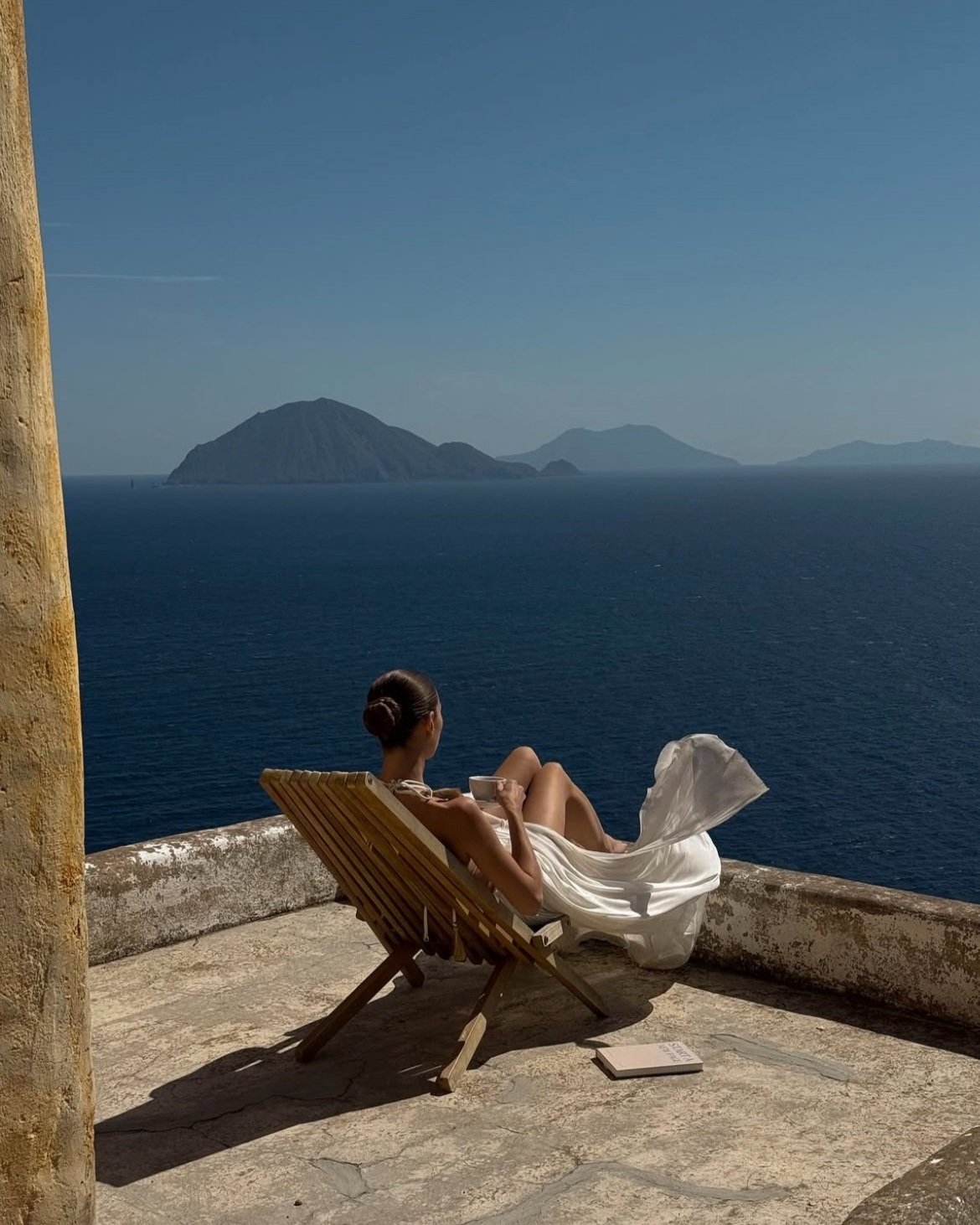Trump’s Tariffs Could Push Shoppers Toward Vintage Fashion
PC: @therealreal
Before I get into this article, I want to state that I’m no economist. That being said, I’m not deaf to the cries and worries of the fashion industry right now. Trump’s tariffs will hit every industry hard—and if you’re thinking “oh I’ll just buy American goods,” you’re being naive. Because even if something is “made in America,” chances are that business uses machines, materials, buttons, trucks, and lightbulbs from non-American companies. Everything, and I mean everything, will see a price hike.
If you’re wondering what Trump’s tariffs will do to the fashion industry specifically, let me break it down for you. About 97% of clothes purchased in the U.S. are imported from places like Vietnam, Bangladesh, and China. And while some companies may absorb the bulk of the import tariffs, you can be sure they'll pass on the cost to consumers through higher prices. This is yet another policy that will disproportionately affect lower-income families who have been dependent on fast fashion brands. That’s not to say designer brands won’t be affected, either. Luxury fashion has already been suffering from a slowdown, and only recently did LVMH’s CEO Bernard Arnault express optimism in a potential recovery in the US market… that is, until the EU was hit with Trump’s 20% tariff.
So where does that leave us? And by “us” I’m referring to the average American shopper. The truth is, there isn’t much in our power to fight back. What we can do, however, is choose where to put our money. This may be a prime opportunity to go thrift shopping. Vintage stores and resale apps, this is your chance to shine (in dark times).
How vintage fashion will grow under Trump’s tariffs
Vintage clothing has already been imported, dodging Trump’s tariffs entirely. Not to mention, it’s a more sustainable form of shopping, too. It’s a good thing vintage shopping has already been on the rise amongst Gen Z and Millennials, who are becoming more and more conscious about their shopping habits. It also offers the individual with a more personalized experience: There’s nothing quite like finding that one discontinued jacket that you know you won’t see on anyone else. With new clothing becoming pricier, vintage and second-hand clothing should appeal more to consumers.
Resale Businesses to Know
Luckily, there’s no shortage of vintage stores and resale apps. From casual, everyday clothes to vintage designers, there’s a supplier that meets the demand. Try any of the below resale companies to get your hands on the best vintage and thrifted items.





